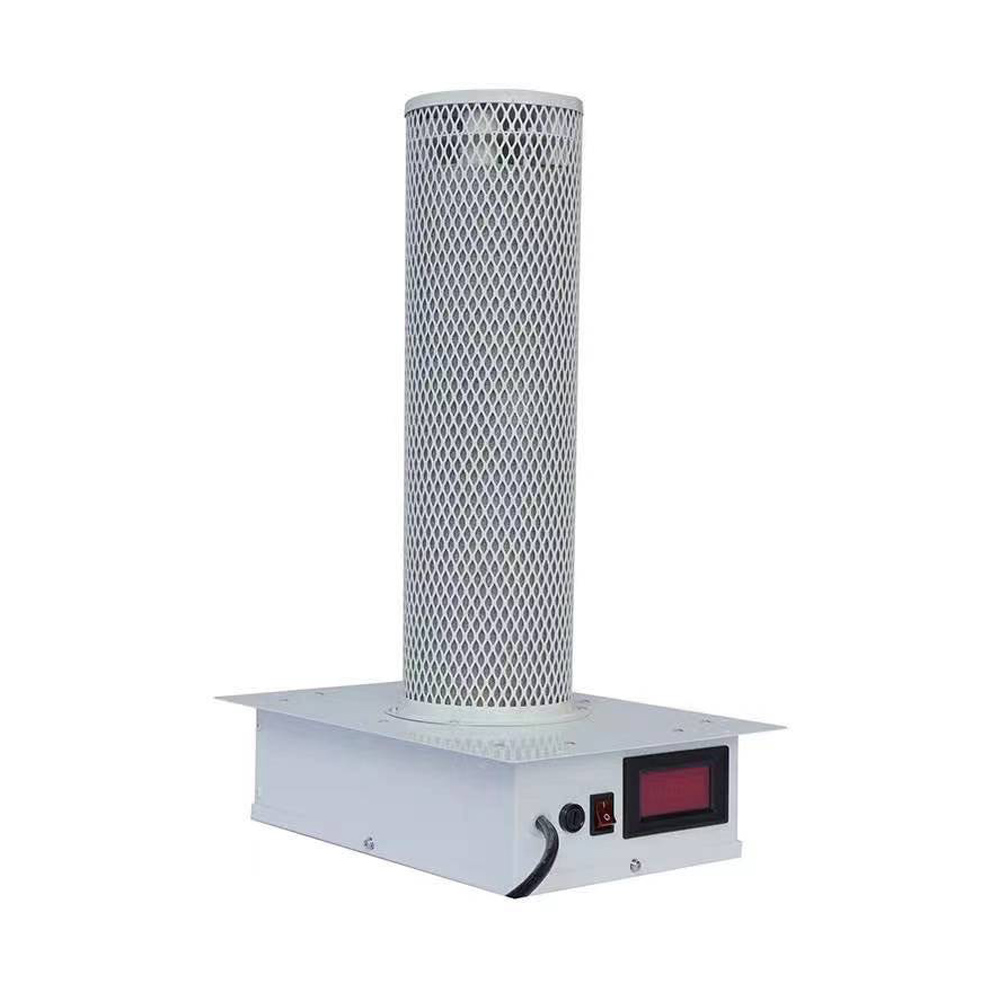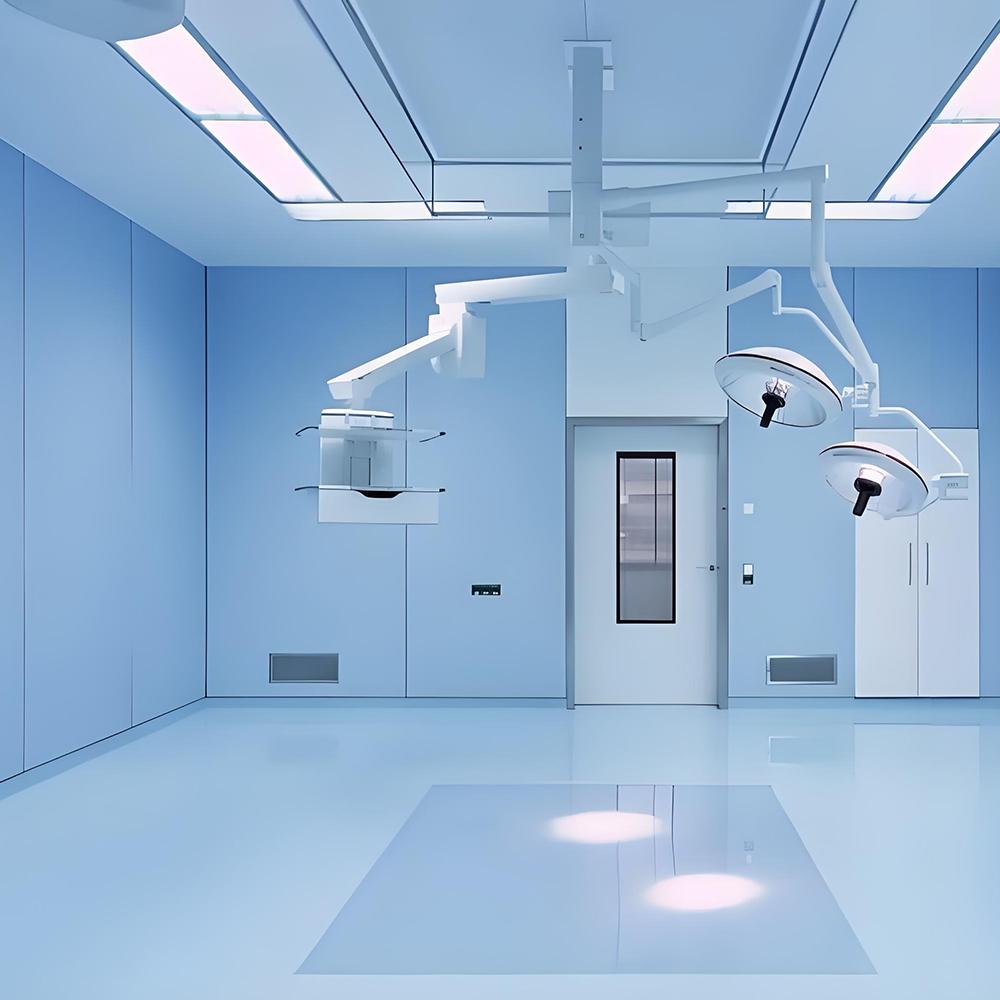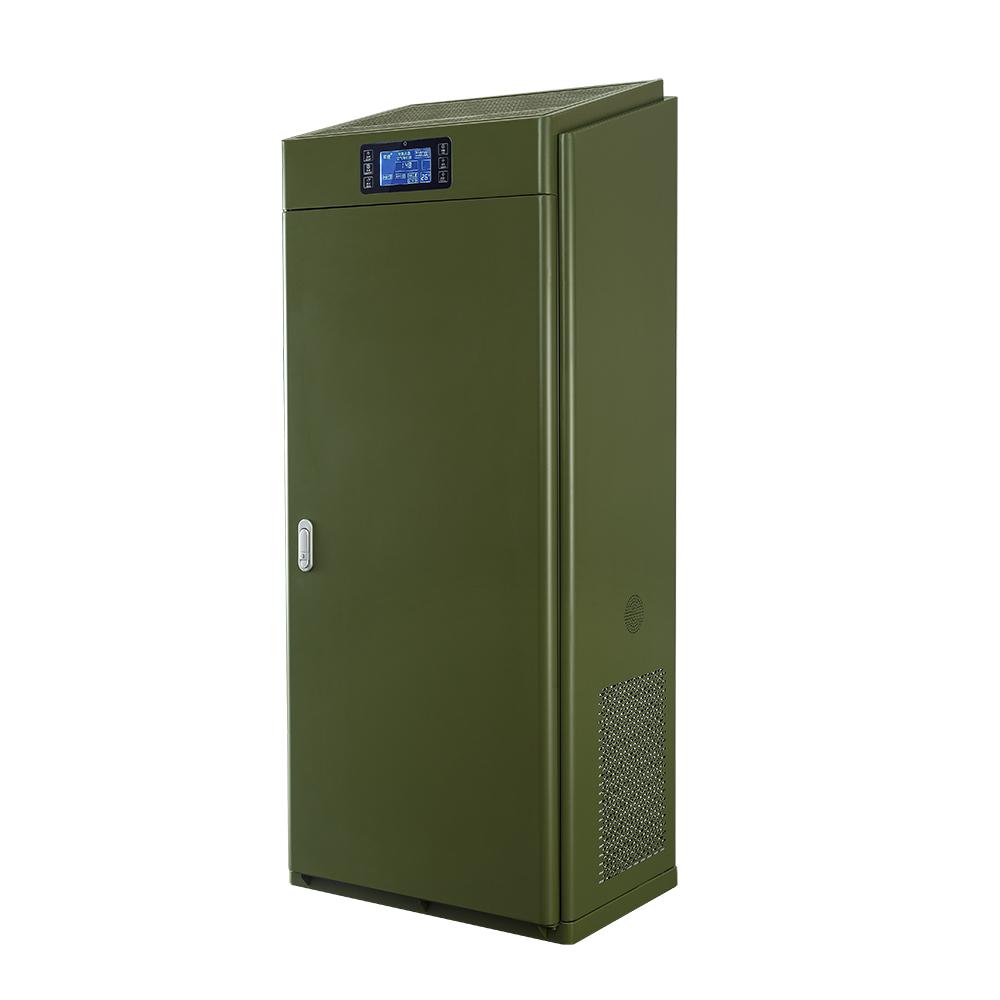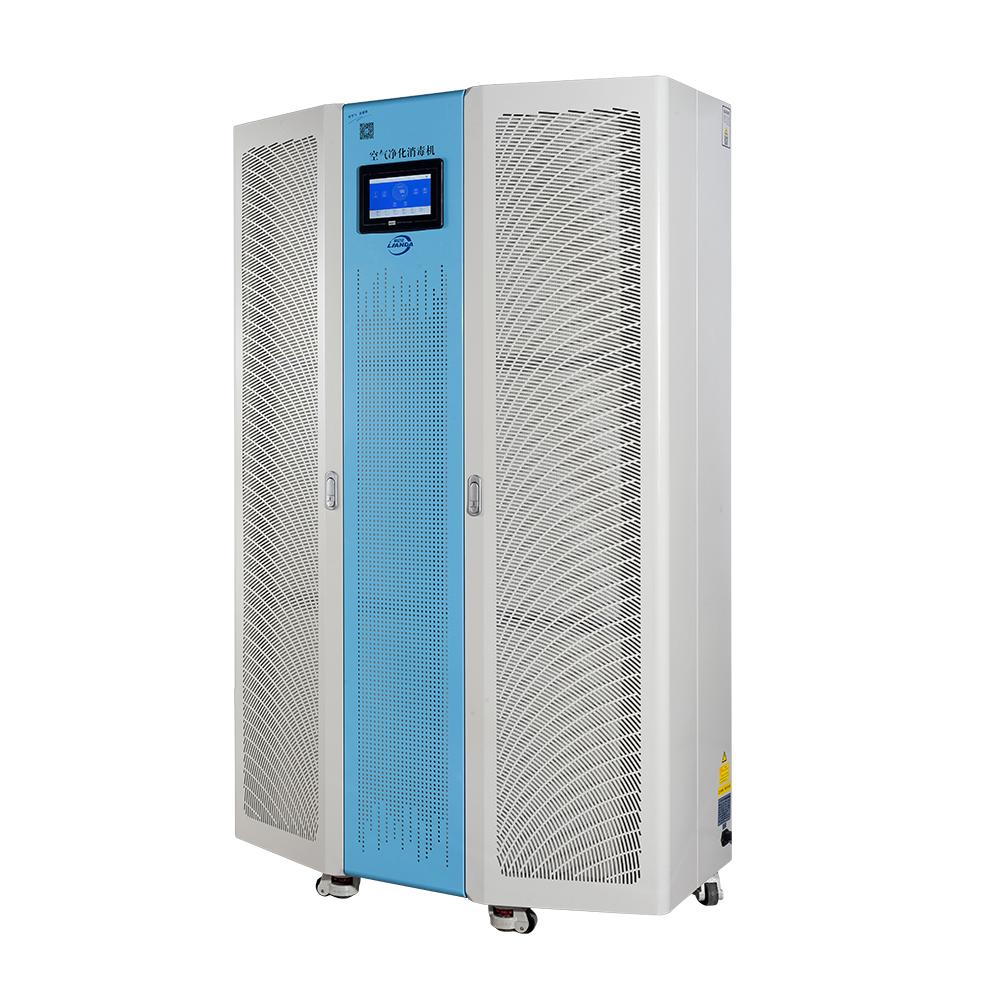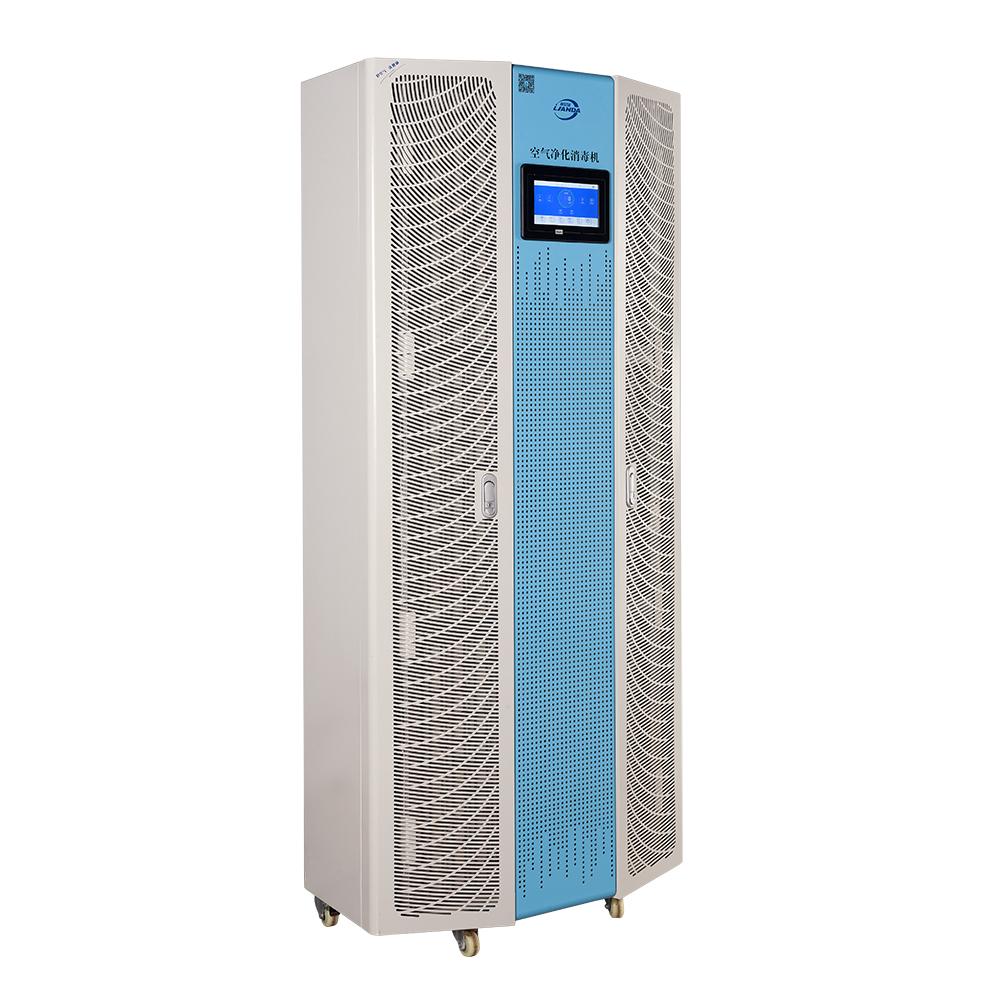How UV air purifiers kill viruses and bacteria
In modern society, air quality issues are becoming increasingly serious, especially during epidemics, and people are increasingly concerned about potential viruses and bacteria in the air. As an emerging air purification technology, UV air purifiers have gradually attracted attention for their effective sterilization and disinfection capabilities. Today we will explore why UV air purifiers can effectively kill viruses and bacteria.
1. The basic principle of UV
Ultraviolet (UV) is radiation in the electromagnetic spectrum with a wavelength between visible light and X-rays. UV rays are usually divided into three main types based on wavelength: UVA, UVB, and UVC. Among them, UVC (wavelength of 200-280 nanometers) is the most effective bactericidal UV, which can destroy the DNA and RNA of microorganisms, thereby preventing their reproduction and growth.
2. Destroy the DNA/RNA of viruses and bacteria
UV air purifiers mainly rely on UVC to sterilize the air. When air passes through the inside of the purifier, the UVC radiation emitted by the UV lamp directly irradiates microorganisms in the air, including bacteria, viruses and other pathogens. UVC has strong energy that can break the DNA or RNA structure of these microorganisms, making them lose their normal functions, thereby effectively killing or inactivating them. This process is called "photocatalytic cleavage".
3. Broad-spectrum sterilization
Another notable feature of UV air purifiers is their broad spectrum. Unlike traditional chemical disinfectants, ultraviolet rays can effectively kill many different types of pathogens, including influenza viruses, coronaviruses, bacteria, mold, etc. This makes UV air purifiers have good application value in different occasions, especially in environments with high air quality requirements such as hospitals, laboratories, and schools.
4. No chemical residue
An important advantage of using UV air purifiers is that they do not need to rely on chemicals for disinfection. Traditional chemical disinfectants may leave harmful chemical residues while killing bacteria and viruses, which may have a potential impact on air quality and human health. UV sterilization is a physical disinfection method that does not produce any chemical waste, ensuring fresh and healthy air.
5. Efficient and fast disinfection effect
UV air purifiers can complete sterilization and disinfection in a short time. Studies have shown that most pathogens can be effectively inactivated within seconds to minutes under appropriate UV intensity and exposure time. This makes UV air purifiers very efficient in situations where rapid disinfection is required.
6. Things to note
Although UV air purifiers perform well in sterilization, safety should still be taken into consideration when using them. UVC radiation is harmful to the skin and eyes, so when designing and using the purifier, good sealing should be ensured and direct viewing of the UV light source should be avoided. At the same time, UV lamps should be regularly maintained and replaced to ensure their best effect.
UV air purifiers use their powerful UVC radiation capabilities to effectively kill viruses and bacteria in the air, providing us with a healthier living environment. With the development of science and technology, the technology has become more mature, affordable, and more widely used, protecting human health.
